[Patreon-Nov16-Post-Bug][/Patreon-Nov16-Post-Bug]”Writing about music is like dancing about architecture.”
I love that quote, often attributed to Elvis Costello but actually the words of actor Martin Mull. He was simply paraphrasing sentiments like this one, from The New Republic in 1918:
Strictly considered, writing about music is as illogical as singing about economics. All the other arts can be talked about in the terms of ordinary life and experience.
I like Mull’s quote better. I don’t think writing about music is illogical, but I do think it is like using art to describe other art. There is an art to finding an adjective to describe a song, a riff, or a voice – waves of sound that speak their own descriptions. I wouldn’t have endeavored to write about music for 30 days straight this month if I didn’t feel that way.
What I do think can be illogical is the taxonomy of music. Litanies of labels and galaxies of genres. They’re used to so careful contain the sound of an artist, but what happens when they write a song that doesn’t fit into the container. When a punk band unplugs, are they immediately folk-punk? When Lady Gaga sings with a Southern accent, is she country?
I sometimes wonder if artists reflect on this stuff as they read what’s written about their work. I probably would. One artist I’ve been wondering about in specific is Nathaniel Rateliff and The Night Sweats. They were one of the “Country” artists I was introduced to in the series of song summits a year ago that lead to Smash Fantastic playing tunes like their “S.O.B.” and Eric Church’s “Springsteen.”
I understood why Country fans would listen to “S.O.B.” There’s no doubt that it has a raw, throw-back country vibe with its handclaps and walking bass line. That’s not what I heard. Country isn’t one of my major influences and when I heard the song, I immediately thought, “That sounds like Motown.”
I initially wrote it off, thinking perhaps there was just something about the combination of the bassline and the horns that evoked a certain Motown hit for me. Then I heard the entire Nathaniel Rateliff and The Night Sweats LP.
It’s not Country. It’s Motown and Stax Records. It’s The Isley Brothers. It’s Otis Redding. It’s Sam Cooke.
Nathaniel Rateliff and The Night Sweats is one of those “every song is amazing” albums that I cherish and listen to on repeat forever. The first tune – “I Need Never Get Old” – might be the best indication of that, but I could have picked any song on the album.
It’s not just that it sounds a lot like The Isley Brothers. It sounds like some specific Isley Brothers song that you’re sure you’ve heard before and loved. It’s aural déjà vu, a sound that can create the memory of having heard it before.
I always try to take note of these songs when I first hear them. It’s like writing down your dreams as soon as you wake up when the details are still vivid. Over time and repeated listens you will subconsciously normalize this special act of déjà vu as just sounding like itself. Sometimes I find little lists of song names scribbled on a piece of paper, my solitaire version of musical $64,000 Pyramid where I try to define a song by all of the little references I hear inside of it.
The entirety of Nathaniel Rateliff and The Night Sweats produces that feeling for me.
That makes me wonder: how did Rateliff get filed with Country? The record was released by Stax Records and it absolutely has a classic Stax sound, which was the sound of 60s R&B and Soul.
The truth is that in our illogical modern taxonomy of music, there is no poplar modern analog to those genres. If you write an amazing, earth-shaking album of classic Stax-style tunes in 2015 you’ve got two choices: have close to nobody hear it, or promote it to Country radio because all those real instruments you’re playing will be appreciated there and rack up over 30 million YouTube views in your first year-and-a-half as a big label band.
You should probably choose the latter, because any words that are used to describe your music are just a dance about architecture – one imperfect undefinable art describing another.
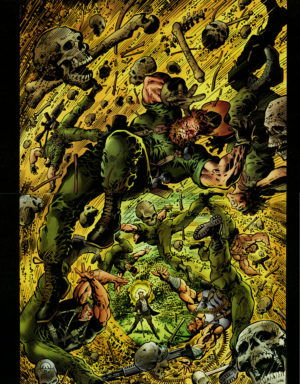 Team 7: Objective hell tops that list of unexpected outcomes. It’s a riveting, gorgeous, well-written book that merges military themes with superhero powers. There are a few tiny nods to the future of these characters, particularly for Slayton/Backlash, but otherwise this series hardly acknowledges the wider WildStorm Universe and the future it holds in store.
Team 7: Objective hell tops that list of unexpected outcomes. It’s a riveting, gorgeous, well-written book that merges military themes with superhero powers. There are a few tiny nods to the future of these characters, particularly for Slayton/Backlash, but otherwise this series hardly acknowledges the wider WildStorm Universe and the future it holds in store.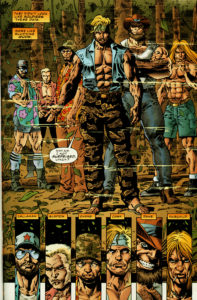 bjective Hell is about a small bubble of peace that Team 7 is forced to disrupt for the greater good.
bjective Hell is about a small bubble of peace that Team 7 is forced to disrupt for the greater good.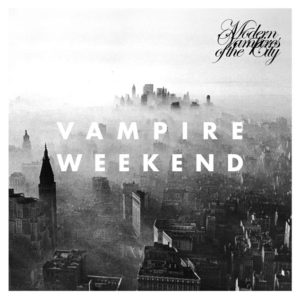 The first reason, and the most obvious, is that they visited our house to play Catan (which we bought for the occasion!) just a few hours before E went into labor. I’ll never be able to think of EV’s birth without thinking at least a little bit about The Crutchleys, Catan, and eating an entire Domino’s pizza all by myself in installments between E’s contractions the next morning.
The first reason, and the most obvious, is that they visited our house to play Catan (which we bought for the occasion!) just a few hours before E went into labor. I’ll never be able to think of EV’s birth without thinking at least a little bit about The Crutchleys, Catan, and eating an entire Domino’s pizza all by myself in installments between E’s contractions the next morning.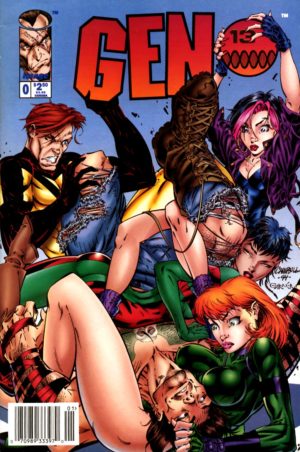 The series would go on to be WildStorm’s longest-running book, and it debuted in memorable fashion with thirteen variant covers, which might not sound impressive today in the world of 50-states covers from both Marvel and DC but at the time was unheard of. (
The series would go on to be WildStorm’s longest-running book, and it debuted in memorable fashion with thirteen variant covers, which might not sound impressive today in the world of 50-states covers from both Marvel and DC but at the time was unheard of. (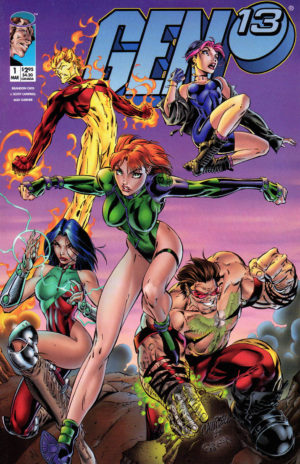 Fairchild was intentionally the most generic character in the original series – a bookworm turned she-hulk – but fans responded more to the other four characters, each a familiar archetype. To force the young team’s new life to be seen exclusively through the eyes of Caitlin the all-night studier would stunt the growth of the book and the cast.
Fairchild was intentionally the most generic character in the original series – a bookworm turned she-hulk – but fans responded more to the other four characters, each a familiar archetype. To force the young team’s new life to be seen exclusively through the eyes of Caitlin the all-night studier would stunt the growth of the book and the cast.